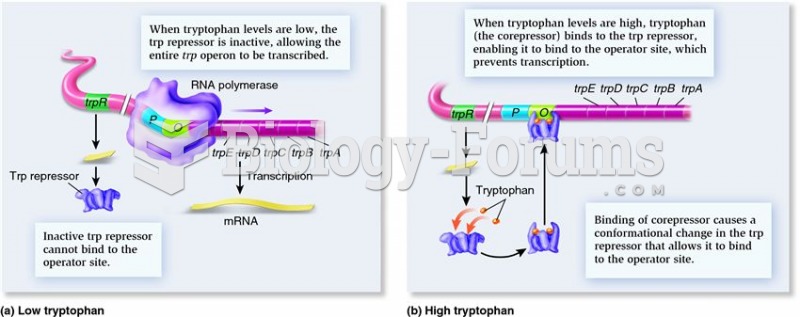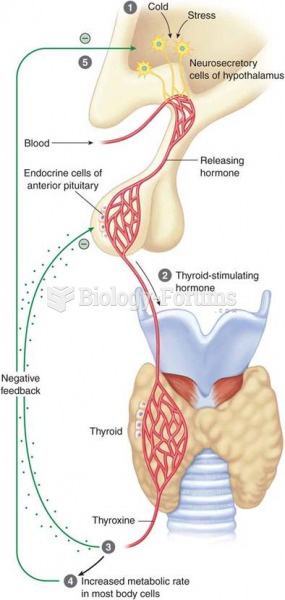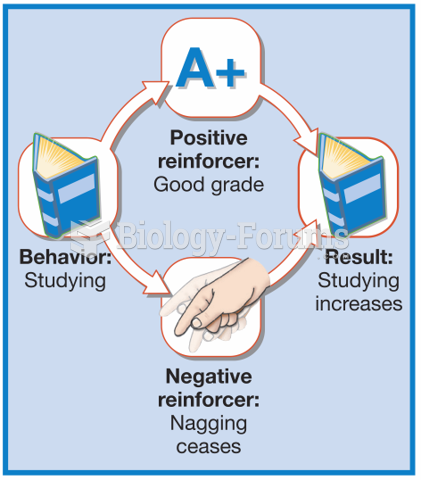This topic contains a solution. Click here to go to the answer
|
|
|
Did you know?
Calcitonin is a naturally occurring hormone. In women who are at least 5 years beyond menopause, it slows bone loss and increases spinal bone density.
Did you know?
When taking monoamine oxidase inhibitors, people should avoid a variety of foods, which include alcoholic beverages, bean curd, broad (fava) bean pods, cheese, fish, ginseng, protein extracts, meat, sauerkraut, shrimp paste, soups, and yeast.
Did you know?
It is difficult to obtain enough calcium without consuming milk or other dairy foods.
Did you know?
Bacteria have flourished on the earth for over three billion years. They were the first life forms on the planet.
Did you know?
Excessive alcohol use costs the country approximately $235 billion every year.
 Negative control of a repressible set of genes: function of the trp repressor and corepressor in reg
Negative control of a repressible set of genes: function of the trp repressor and corepressor in reg
 Feedback mechanisms of the thyroid gland: (1) stimulus; (2) release of TSH; (3) release of thyroid h
Feedback mechanisms of the thyroid gland: (1) stimulus; (2) release of TSH; (3) release of thyroid h
 Candidates for jobs are sometimes rejected when the prospective employer finds negative images or ...
Candidates for jobs are sometimes rejected when the prospective employer finds negative images or ...




